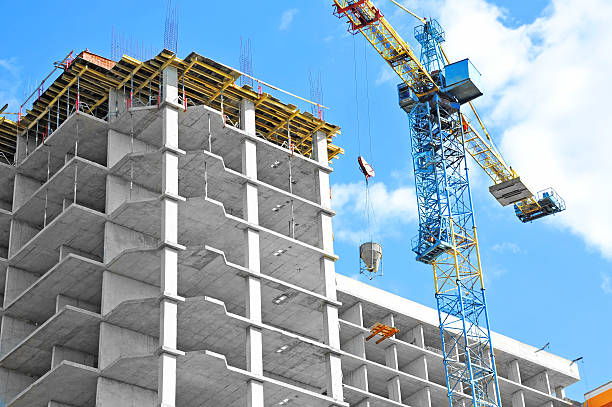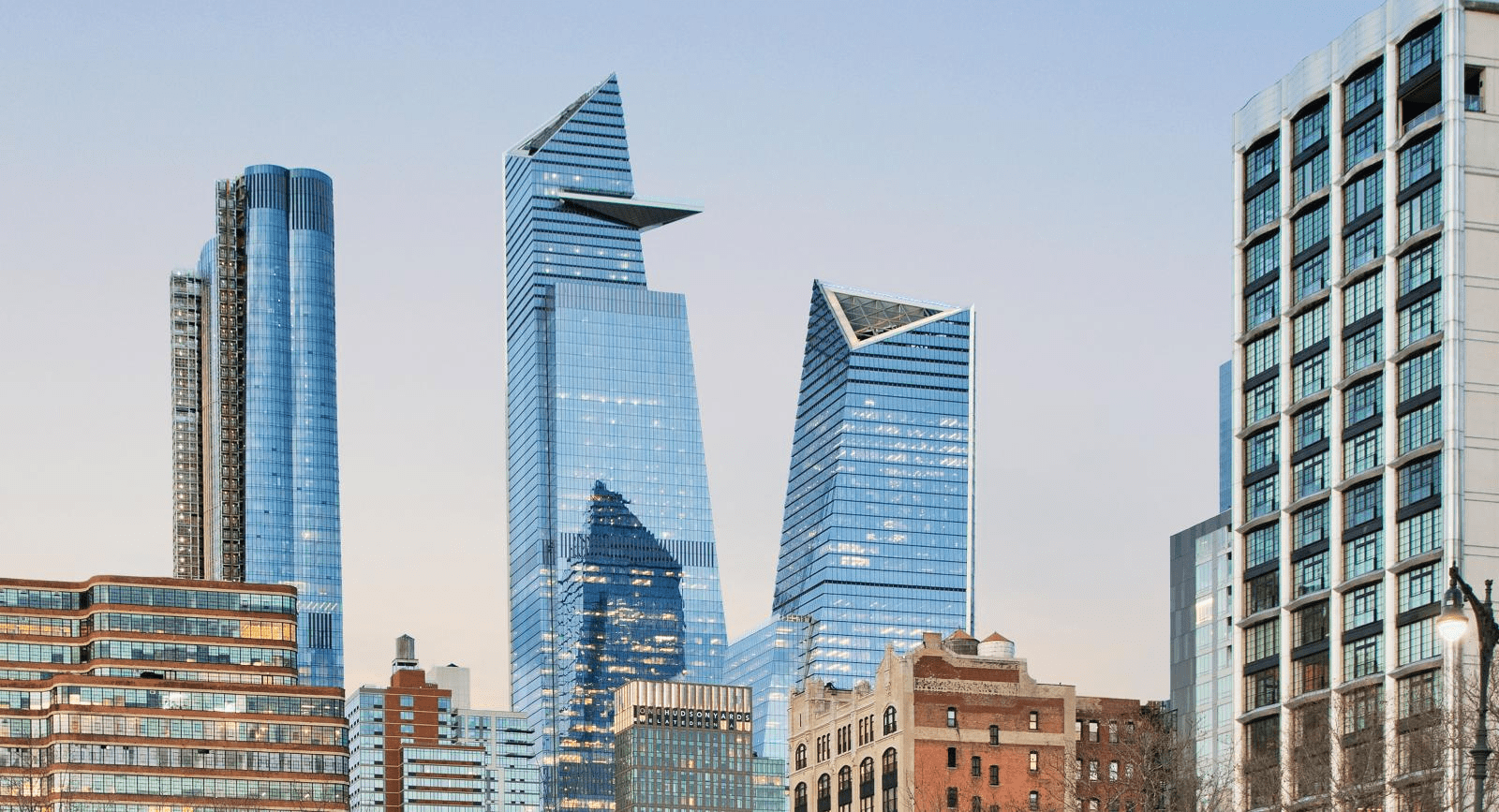
Current construction project stats are the highest in four years. Indicating a strong economy for New York City is ahead.
The U.S. Census Bureau and the U.S. Department of Housing and Urban Development jointly announced the following new residential construction statistics for June 2019

Source: Dodge Data & Analytics, year ending in December
Building Permits: Privately‐owned housing units authorized by building permits in June were at a seasonally adjusted annual rate of 1,220,000.
Housing Starts Privately‐owned housing starts in June were at a seasonally adjusted annual rate of 1,253,000.
Housing Completions:
Privately‐owned housing completions in June were at a seasonally adjusted annual rate of 1,161,000.
The trends in development are meaningful because they coincide with gains for output and jobs. In turn, stakeholders are more likely to fund construction projects when perceptions of the economy are strong. The commercial sector led the growth in non-residential construction by accounting for over 75% of all projects.
Manhattan also had the highest number of residential projects in 1,385, followed by Brooklyn with 1,157. The majority of projects in both boroughs were apartment buildings. In Brooklyn and Queens, growth in residential projects stemmed from increases in the number of one- and two-family houses, although apartments still represent a significant share of residential construction projects in absolute terms.
Queens high number of non-building projects last year, were mostly form the construction of 39 streets and highways and 47 miscellaneous non-building projects.
Although construction projects have increased, the number of dwelling units halved from 2017 to 2018 due to a change in legislation.
In 2017, there were 203,911 construction workers in NYC, Firms that hired the highest level of employees: Queens employed 36% of construction workers, followed by companies in Manhattan with 28% of workers and in Brooklyn with 22% of workers.
The New York Building Congress predicts even more significant increases in the employment of construction employees by 2019. It will reach 242,600 by 2021.
Ten-year growth trends reveal that the largest wage growth has been in the City’s Highway, Street, and Bridge Construction industry, wage growth reached over 50%,
Census data reveals that a mere 8% of New York City construction employees are female. Construction is one of two industries in which women earn more than men: in the City, women’s median earnings in the Construction industry are 126% of men’s. Women earn $1.26 for every $1.00 that men earn. The only other industry in which women make more than men is in Wholesale Trade, though the share of women’s earnings per men’s earnings is smaller, at 103%. Higher paying construction jobs for women are especially significant given that, in New York City, women’s earnings are typically about 86% of men’s.
Female Construction Managers earned a median of $78,671 in 2017, whereas male Managers earned $55,143.
Did You Know These Site Safety Regulations:
The Administrative Code of the City of New York §28-301.1 requires owners to maintain their properties in a safe condition. Property owners, Contractors and Construction Site Managers must minimize the risk of accidents and fire.
Site Safety Regulations You May Not Know!
3303.16 Contractors sheds and offices. Contractor’s sheds and offices located within 30 feet (9144 mm) of new construction, existing buildings, or another contractor shed or office shall be made of metal or other noncombustible material.
Contractor sheds and offices located within a building and protected from weather may use fire retardant treated wood, provided the shed does not exceed one story in height and 120 square feet (36.58 square meters) in area and is at least 30 feet(9144 mm) from another shed.
Smoking on construction sites is illegal.
Tobacco, lighters and matches are prohibited on asbestos abatement sites.
Open fires are illegal on construction sites.
Approved portable fire extinguishers must be available on floors where combustible materials or liquids are stored, where combustible waste is being generated and at the entrance of each storage and construction shed.
Keep your job site safe and up to code with “The Original, Heavy Duty, All Metal Shanty!”
NYC shanties are built with our patented “Z.Lock” panels, using galvanized steel to achieve its strength, durability and fire retardance. FDNY Metal Shanties as required in the Fire Safety Certificate of Fitness Manual.

